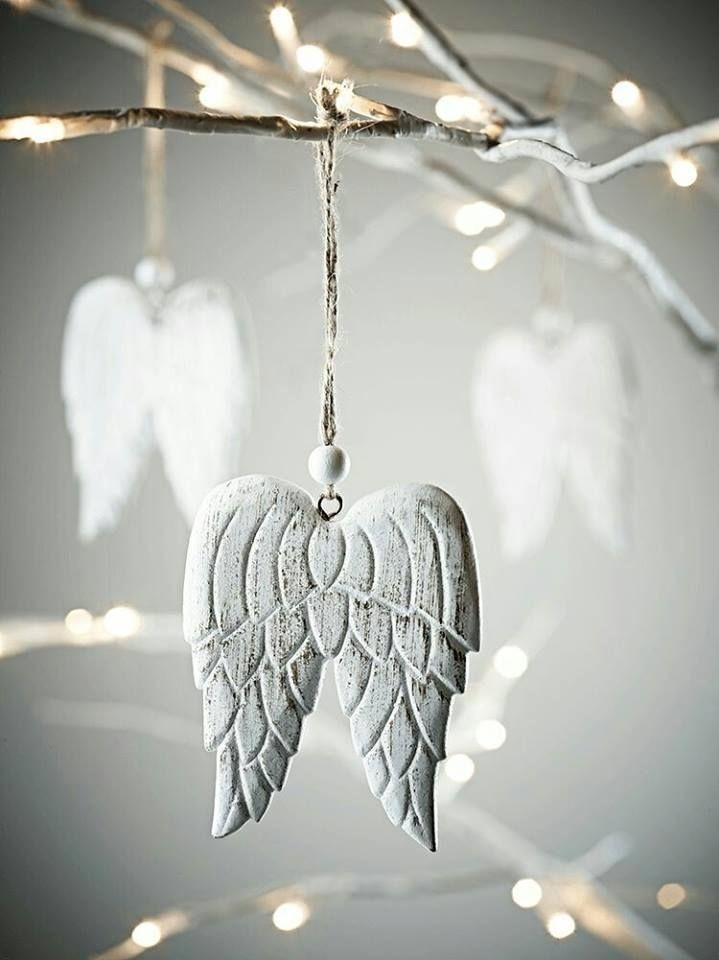Scents and the Soul: A Poetic Guide to Perfume, Aromatherapy, and Emotional Memory
- Koöko Fleurs
- Oct 1
- 3 min read

The Invisible and Universal Language of Scent
Scent is the only sense that bypasses the thalamus and speaks directly to the limbic system—the emotional brain. It is both primal and poetic, scientific and sacred.
- Direct to emotion: Smell is processed in the amygdala and hippocampus, regions responsible for emotion and memory.
- Cross-cultural resonance: From Ethiopian incense to French perfumery, scent rituals transcend borders and epochs.
- Non-verbal healing: Scent communicates safety, longing, joy, grief—without needing words.
- Temporal fluidity: A single note can collapse time, evoking childhood, ancestral memory, or imagined futures.
- Spiritual anchoring: In rituals, scent marks transitions—birth, prayer, mourning, celebration.
- Emotional precision: Unlike visual or auditory stimuli, scent evokes specific emotional states with uncanny accuracy.
Scent is the soul’s language. It speaks in memory, in mood, in magnetism. It is invisible, yet unforgettable.
- Olfactory memory is the most enduring form of recall.
- Emotional resonance is often triggered by scent before thought.
- Cultural universality: Across civilizations, scent has been used for healing, ritual, and storytelling.
To smell is to remember. To wear scent is to speak without words.
Aromatherapy: Science and Soul in Synergy
Essential oils are emotional architects. Each one carries a distinct vibration, a therapeutic whisper. Here are a few that speak most clearly to the nervous system:
- Lavender
Emotional effect: Calming, soothing
Scientific insight: Reduces cortisol levels, supports sleep and parasympathetic activation
- Bergamot
Emotional effect: Uplifting, clarifying
Scientific insight: Modulates serotonin and dopamine, easing mild anxiety and depression
- Vetiver
Emotional effect: Grounding, stabilizing
Scientific insight: Activates the parasympathetic nervous system, promoting emotional regulation
- Neroli
Emotional effect: Comforting, heart-opening
Scientific insight: Shown to ease anxiety and support emotional release through GABA modulation
Each oil is a note in the symphony of healing. Their synergy is choreography for the soul.
- Synergy matters: Oils layered with intention create emotional choreography.
- Application rituals: Pulse points, diffusers, or paired with breathwork enhance efficacy.
Aromatherapy is emotional architecture—each note a beam, each blend a sanctuary.
Perfume: The Art of Emotional Curation
Perfume is not merely fragrance—it is emotional design. Each composition is a narrative, a mood, a memory in motion.
- Top notes (e.g., citrus, herbs): Immediate impression, often uplifting or refreshing.
- Heart notes (e.g., florals, spices): Emotional core, where the perfume’s soul resides.
- Base notes (e.g., woods, resins): Anchoring, long-lasting, often evoking depth or nostalgia.
Types of perfumes:
- Eau de Cologne: Light, ephemeral, often used for freshness.
- Eau de Toilette: Balanced, versatile, suitable for daily wear.
- Eau de Parfum: Rich, expressive, emotionally resonant.
- Extrait de Parfum: Intense, intimate, often ritualistic.
To curate scent is to curate healing. Each perfume is a mirror, a mood, a memory.
Scent and Neuroscience: Why It Moves Us
Scientific studies confirm what poets have long known: scent alters brain chemistry.
- Smell and trauma: Certain scents can trigger or soothe emotional flashbacks.
- Smell and bonding: Pheromonal cues influence attachment and trust.
- Smell and creativity: Olfactory stimulation enhances imagination and emotional expression.
Scent is not decoration—it is dialogue with the nervous system.
Here is a poetic, intemporal conclusion to complete your editorial with depth and longing—one that gently bridges this piece to your upcoming article on the Musée du Parfum:
Toward the Museum of Memory...
Scent is not a luxury. It is a language.
It speaks when we cannot. It remembers when we forget.
It holds what is fragile, and releases what is heavy.
To wear perfume is to invite emotion.
To curate scent is to curate healing.
To breathe with intention is to live with resonance.
Let us honor scent not as accessory, but as archive. A museum of memory, invisible yet intact.
Each note a relic. Each blend a ritual.
Each breath a return.
In our next reflection, we will step into the Musée du Parfum—
not as visitors, but as guardians of the emotional past.
We will trace the lineage of longing,
and listen to the stories that only scent can tell.
Because to understand perfume is to understand ourselves—layered, fleeting, unforgettable.











Comments